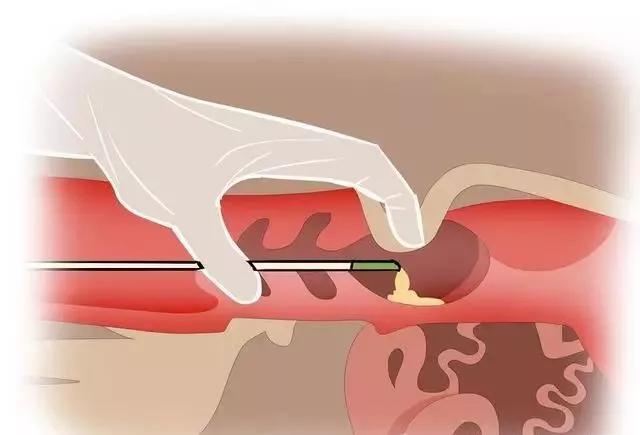The importance of image enhancement in animal B-ultrasound machines
There are many variables that affect image acquisition during the operation of animal B-ultrasound machines, and there are also various factors that can cause a decrease in image quality of animal B-ultrasound machines. In short, according to the needs of animal doctors, it is necessary to focus on outputting useful information from the images of animal B-ultrasound machines, and to suppress or eliminate interference signals to a large extent to achieve the technical requirements for enhancing animal B-ultrasound machine images. So the main purpose of image enhancement in animal B-ultrasound machines is to use a series of processing techniques to enhance the useful image information in the original low definition animal B-ultrasound machine images, and obtain images that can read pathological information and directly provide them to animal doctors. Therefore, the clear part of the output image of the animal B-ultrasound machine is the part of the image that the animal doctor wants to obtain. As for the authenticity of other images related to animal B-ultrasound machines and signals from unrelated parts, they are not so important, so image enhancement of animal B-ultrasound machines is very important.
Considering that veterinarians conduct diagnostic analysis based on the degree of difference reflected in the images of animal B-ultrasound machines through the normal and diseased tissues of animals, the main purpose of enhancing the images of animal B-ultrasound machines is to make this degree of difference more obvious. By processing, the edges of tissue parts that are beneficial for clinical diagnosis in the original images can be more clearly displayed. Thus, the imaging effect of animal B-ultrasound machine is more conducive to the intuitive diagnosis of animal doctors and the use of computers for data processing. So there is no unified standard for measuring the quality of the image enhancement results of animal B-ultrasound machines, and the output image effect will vary greatly depending on different animal organ parts. Therefore, the evaluation of the resulting images mainly relies on the naked eye.
Imported Veterinary ultrasound machine
Introduction of a new method for image enhancement of animal B-ultrasound machine
In the actual processing of animal B-ultrasound machine image enhancement, due to the different information to be expressed in the image and the different enhancement targets, the selection of threshold is particularly important for gray level based fuzzy enhancement methods*** The appropriate threshold is not fixed for different images of animal B-ultrasound machines. This requires the selection of the optimal threshold based on this theory.
There are many methods for automatic threshold selection. For example, image binarization methods that can better preserve image edges are suitable for histogram frequency methods with obvious peaks and valleys in the image histogram, and for iterative threshold selection in medical cell images. A one-dimensional high entropy method, which is suitable for automatic threshold selection in animal B-ultrasound image processing, was selected based on the characteristics of animal B-ultrasound images. Moreover, it has been confirmed in the experiment that adding this automatic threshold selection method to the gray level based fuzzy enhancement method can more conveniently and quickly achieve the selection of the optimal threshold. Thus, this enhancement method can be used faster and better to process images of veterinary ultrasound machines.
With the gradual upgrading of research on animal B-ultrasound images, traditional image enhancement methods such as grayscale transformation, histogram equalization, and median filtering have been extensively studied. But with the advancement of technology, some traditional enhancement methods are no longer suitable for complex pathological images, and some fixed pattern enhancement methods are gradually being replaced. Emerging methods such as fuzzy enhancement are attracting the attention of many researchers. At present, some popular enhancement methods that have been successfully applied in the field of digital image enhancement in China, such as histogram local equalization, edge detection combining Sobel operator and Canny operator, classic Pal and King fuzzy enhancement algorithms, wavelet based image enhancement, etc., are unanimously praised; In foreign countries, there are also highly acclaimed methods such as Curveletlgg transformation, and the application prospects of these methods in animal B-ultrasound image processing still need to be explored.








